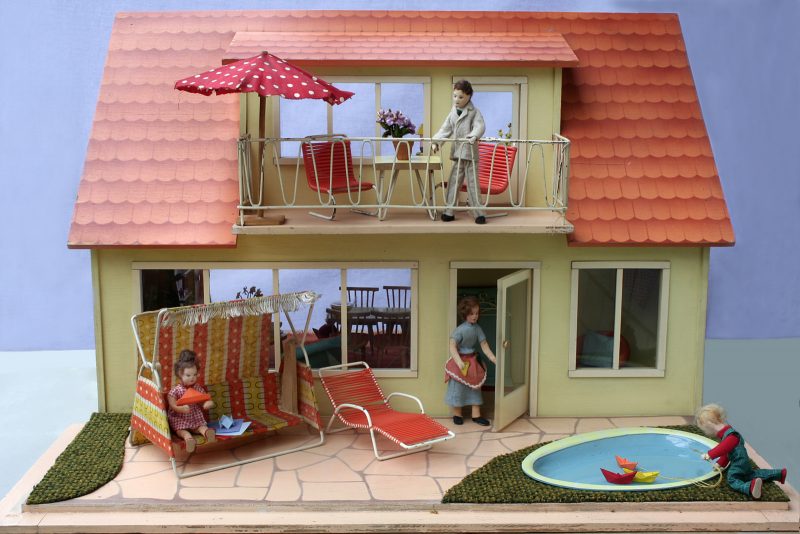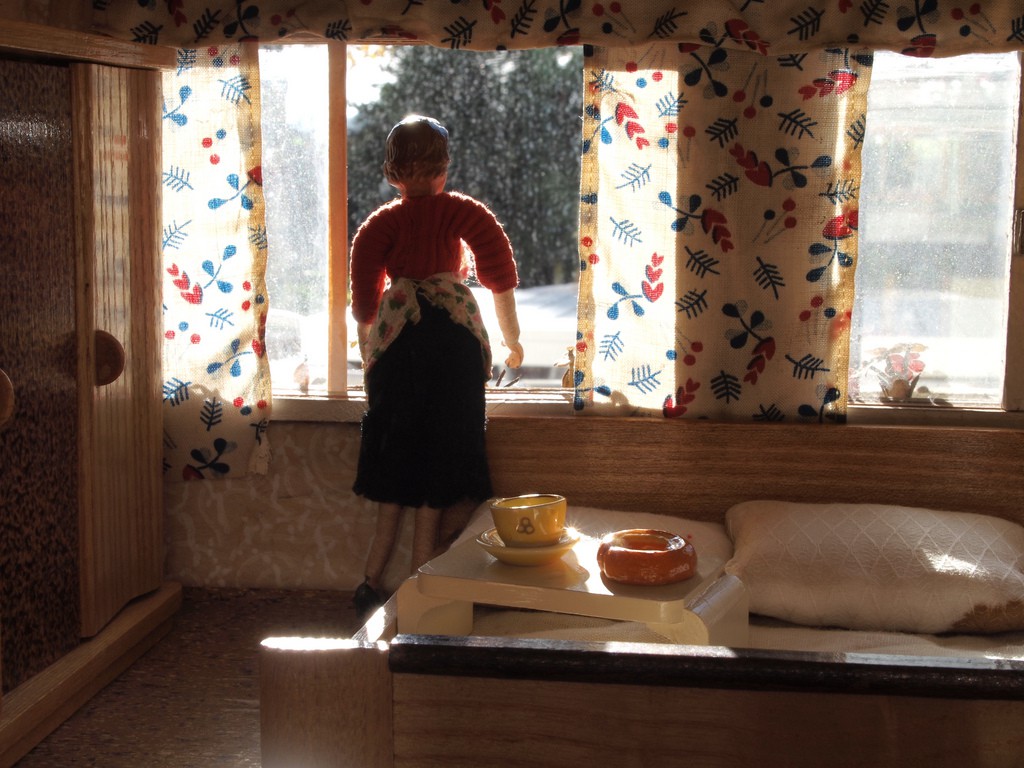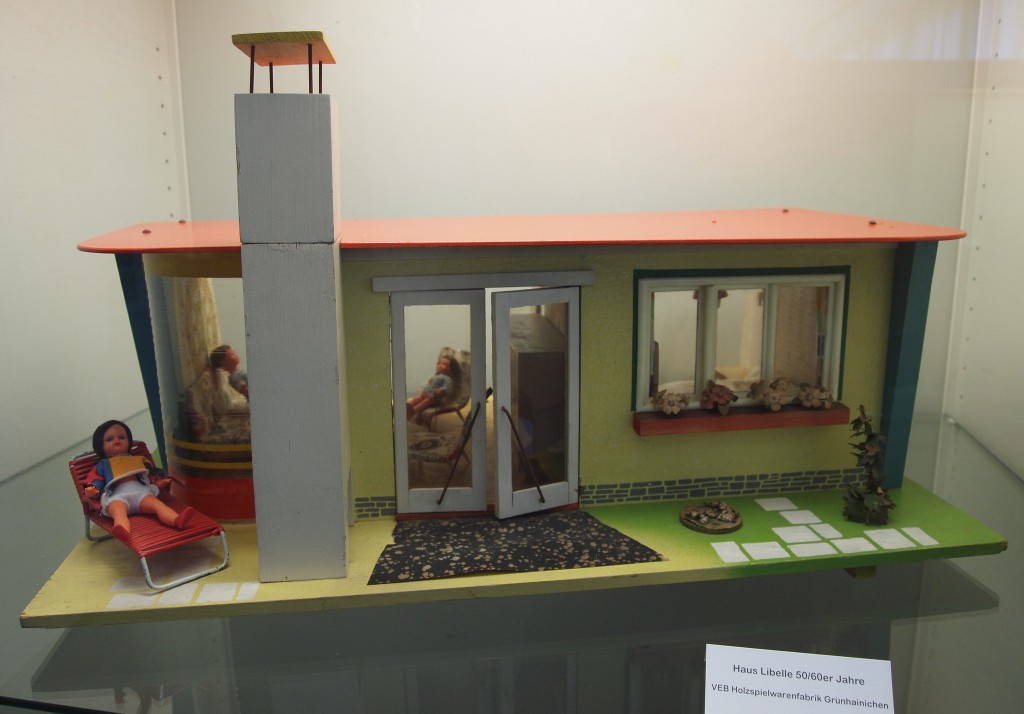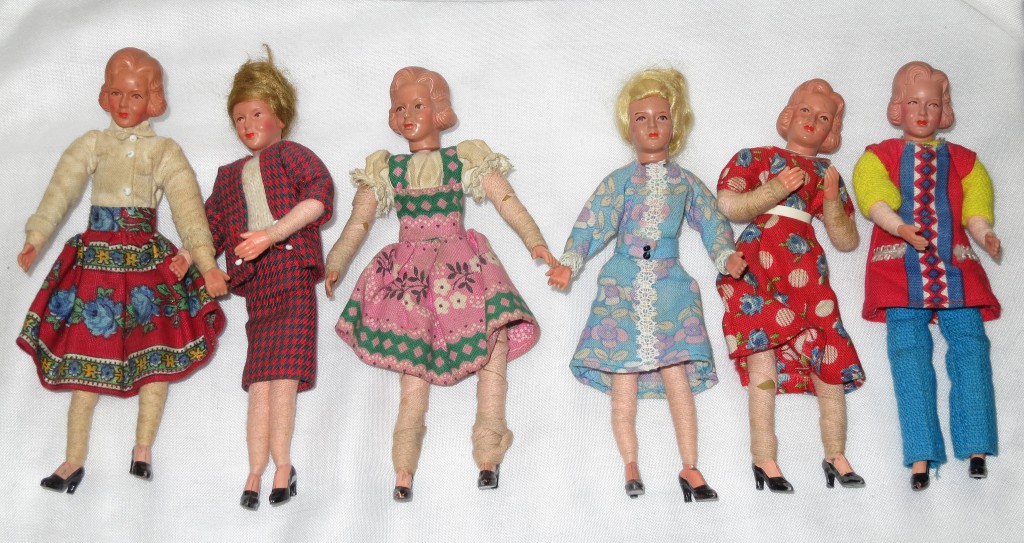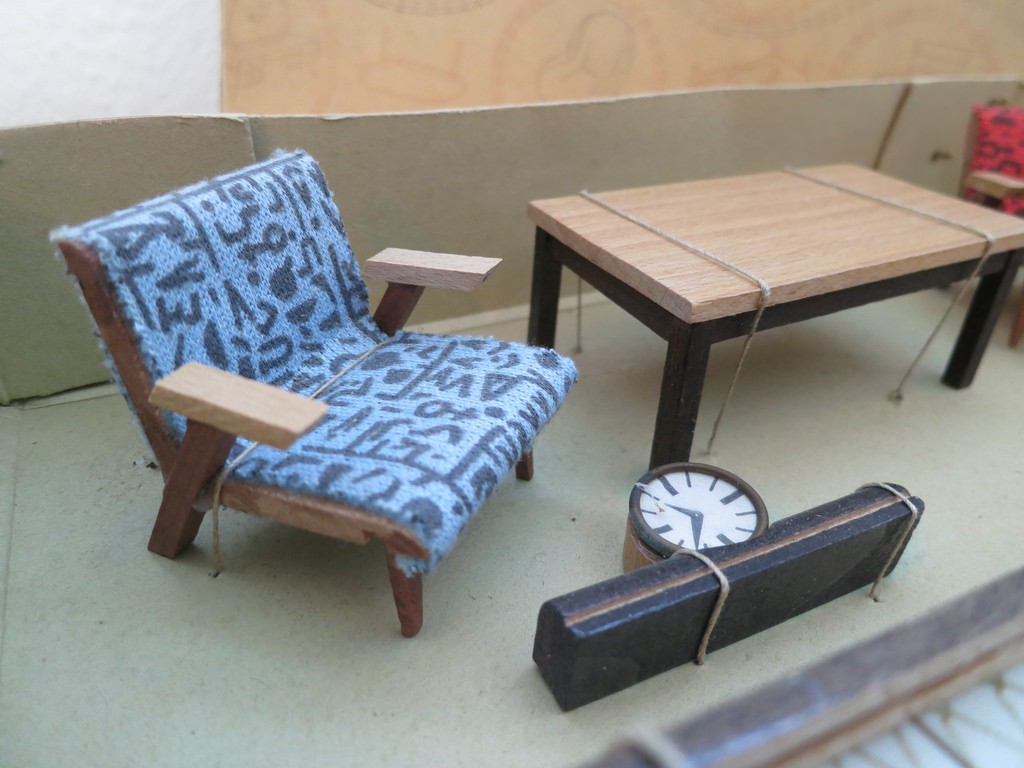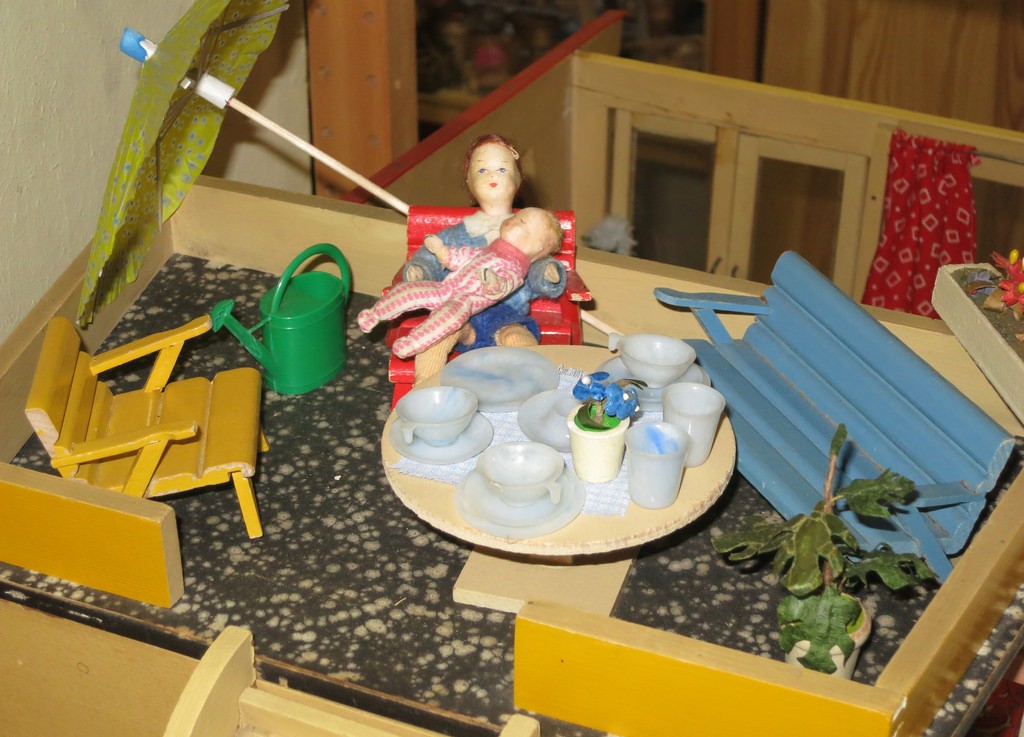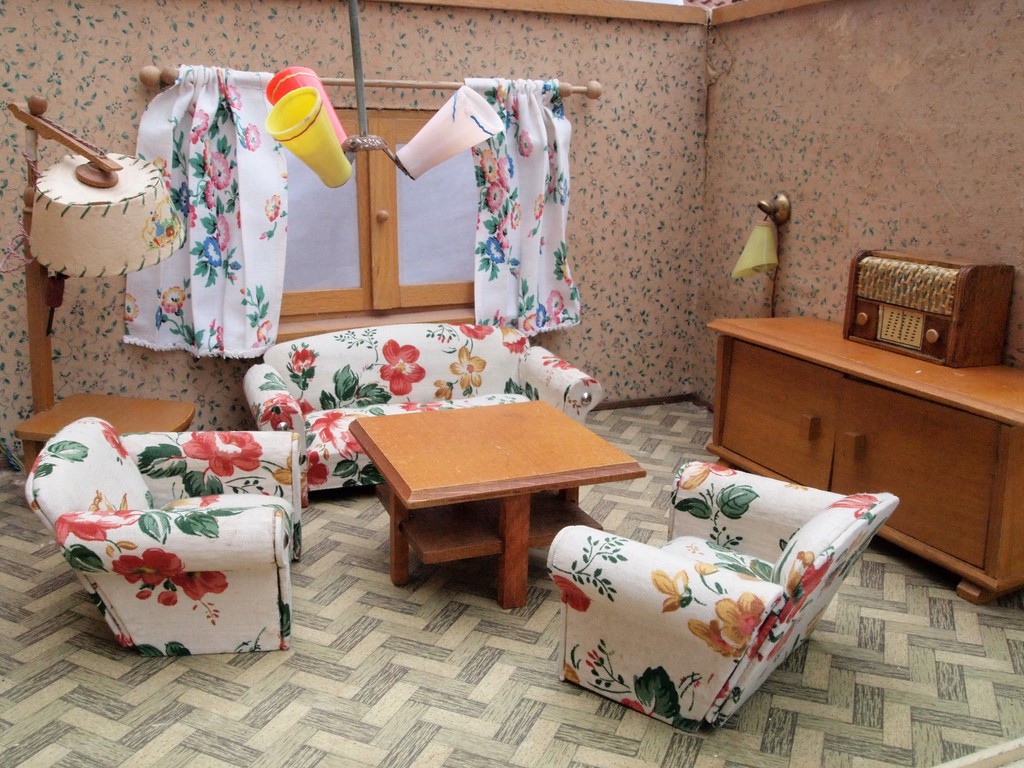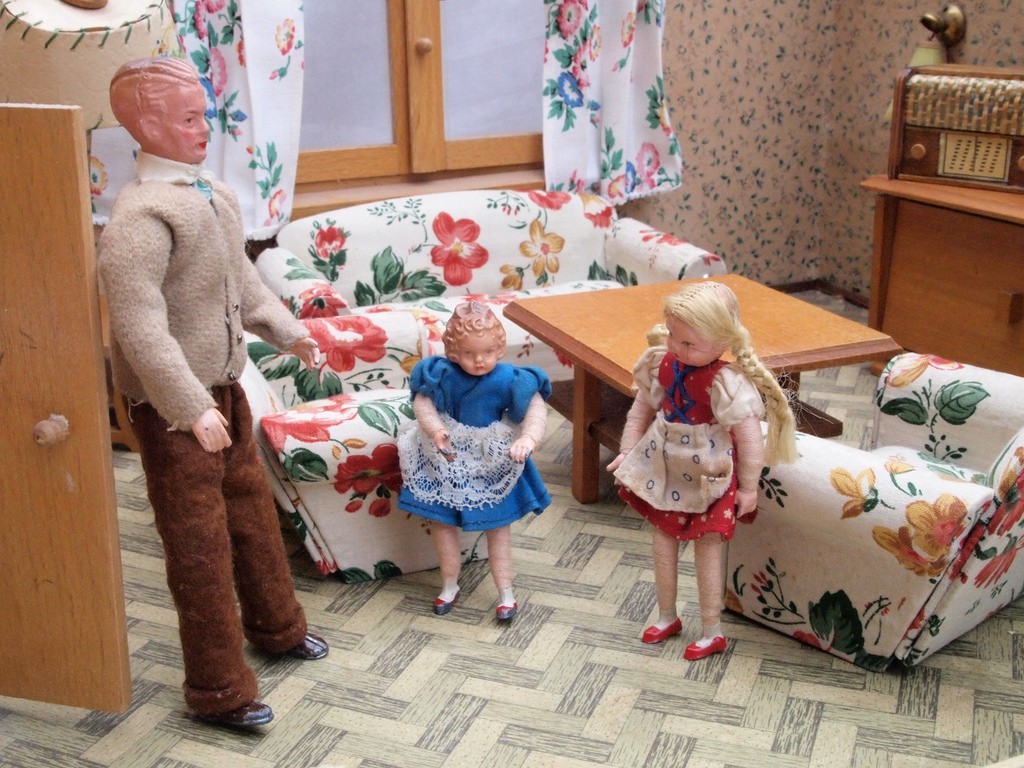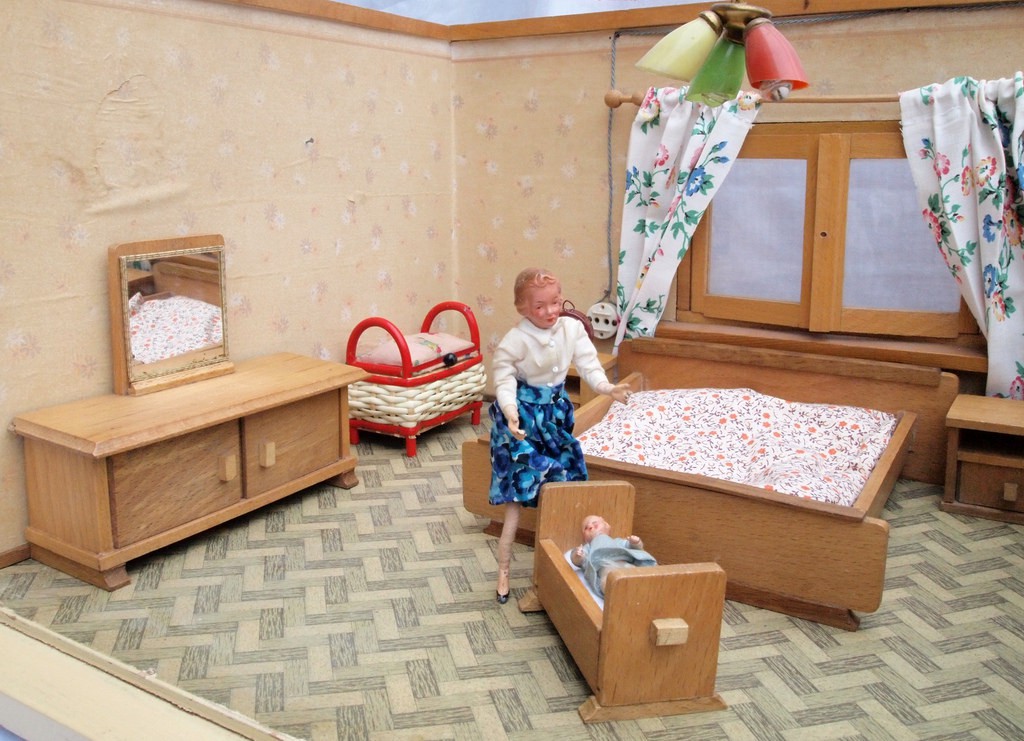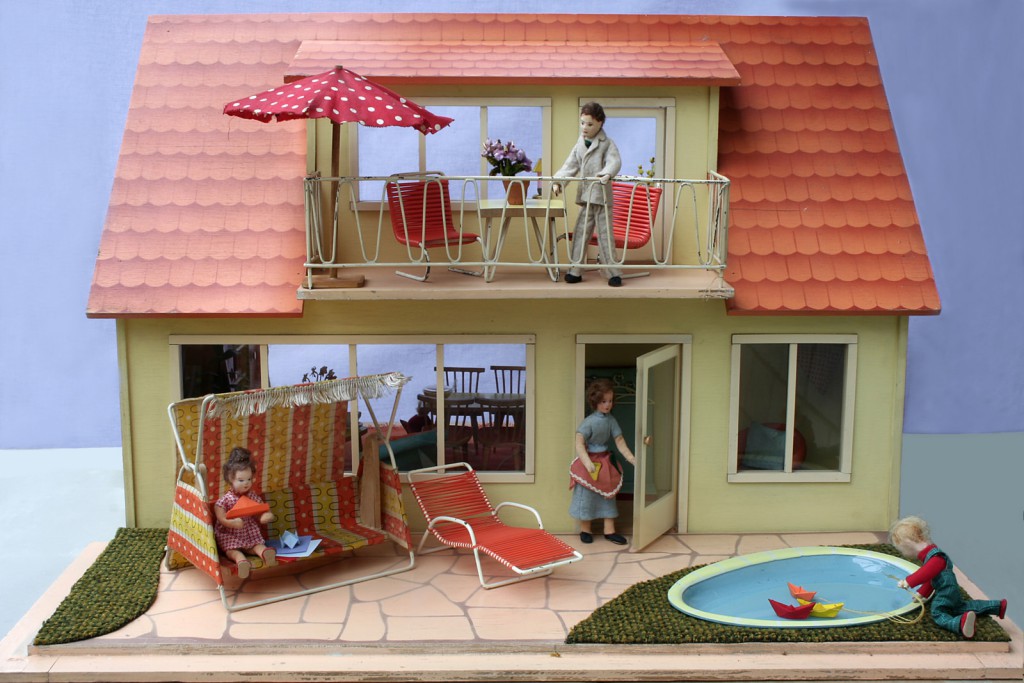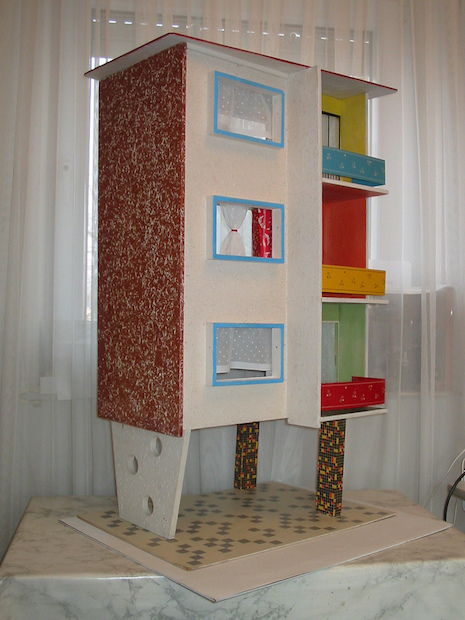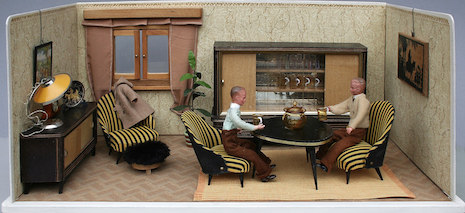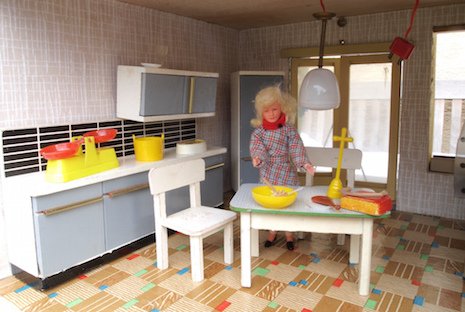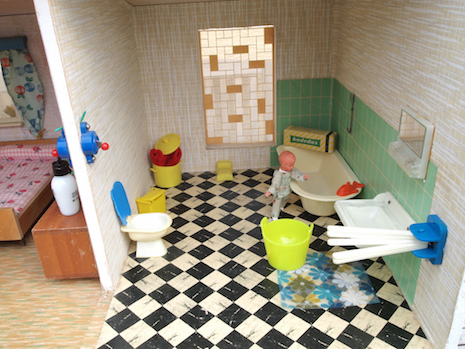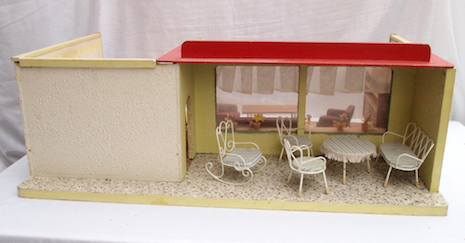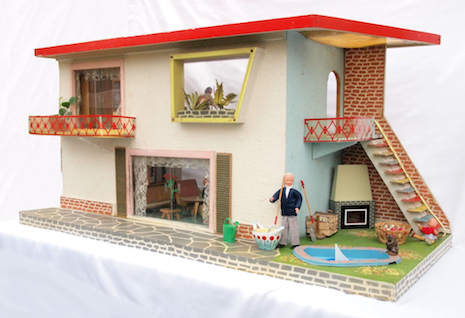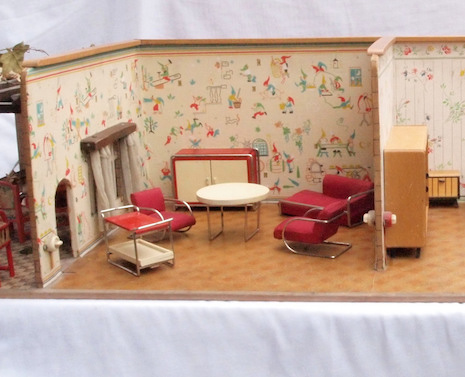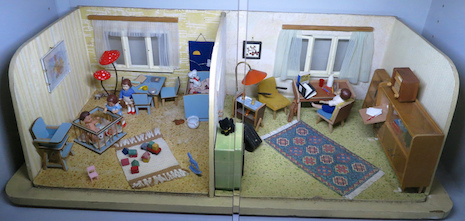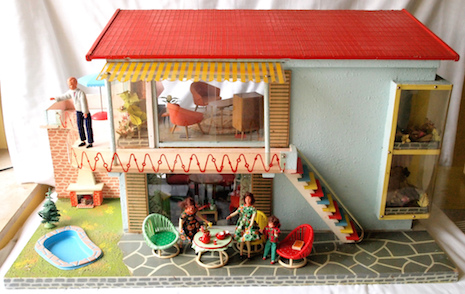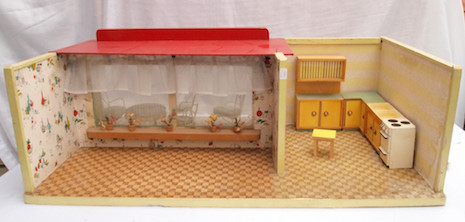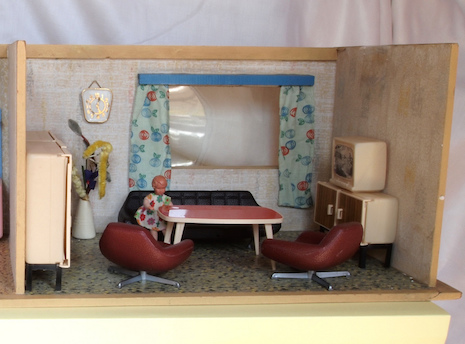Recently, an amazing and rare collection of socialist dollhouses has been released by unknown user on Flickr. The collection consist of remarkably wide-ranging and detailed sets of dollhouses from East Germany, with many of the sets pictured dating from the 1950s through the 1970s.
The miniature dollhouses are sort of a replica and reflection of the Cold Era interior design in German Democratic Republic, including kitschy wallpapers, mid-century furnishings, pastel colors.
This collection is a part of the “Ostalgie,” which in translation will be something like “Estaligia”that refers to nostalgia for the old East Germany or GDR.
Dig in the rare collection.
After the fall of the Berlin Wall in 1989 and the German reunification that followed a year later, many of the symbols of the German Democratic Republic were swept away. Almost all GDR brands (DDRin German) of products disappeared from the stores and were replaced by Western products. However, after some time most of the Eastern Germans began to miss more or less aspects of their former lives (like culture or the known brand marks). Ostalgie particularly refers to the nostalgia for aspects of regular daily life and culture in the former GDR, which disappeared after reunification
Indeed, ostalgie could be inspired by the longing of the Ossis (German for “Easterners”, a term for former GDR citizens) for the social system and the sense of community of the GDR. When the renowned West-German magazine Der Spiegel asked former GDR-inhabitants whether the GDR “had more good sides than bad sides”, 57% of them answered yes. To the statement of the interviewing journalist that “GDR inhabitants did not have the freedom to travel wherever they wanted”, Germans replied that “present-day low-wage workers do not have that freedom either”
Many businesses in Germany cater to those who feel Ostalgie and have begun providing them with artifacts that remind them of life under the GDR; artifacts that imitate the old ones. Available again are brands of East German foodstuffs, old state television programmes on video tape and DVD, and the previously widespread Wartburg and Trabant cars. In addition, life in the GDR has been the subject of several films, including Leander Haußmann’s Sonnenallee (1999), Wolfgang Becker’s internationally successful Good Bye, Lenin! (2003), Carsten Fiebeler’s Kleinruppin forever (2004).
Those seeking the preservation of East German culture banded together to save the “Eastern Crosswalk Man” (Ost-Ampelmännchen), an illuminated depiction of a man wearing a “perky”, “cheerful” and potentially “petit bourgeois” hat (inspired by a summer photo of Erich Honecker in a straw hat)in crosswalk lights.Many German cities in and near the former East German border, including Berlin, Lübeck and Erfurt, still retain the use of the Ampelmännchen at all or some pedestrian crossings due to its cultural relevance, and many souvenirs sold in East Germany and in Berlin make use of the icon.
Photos Source:diepuppenstubensammlerin
